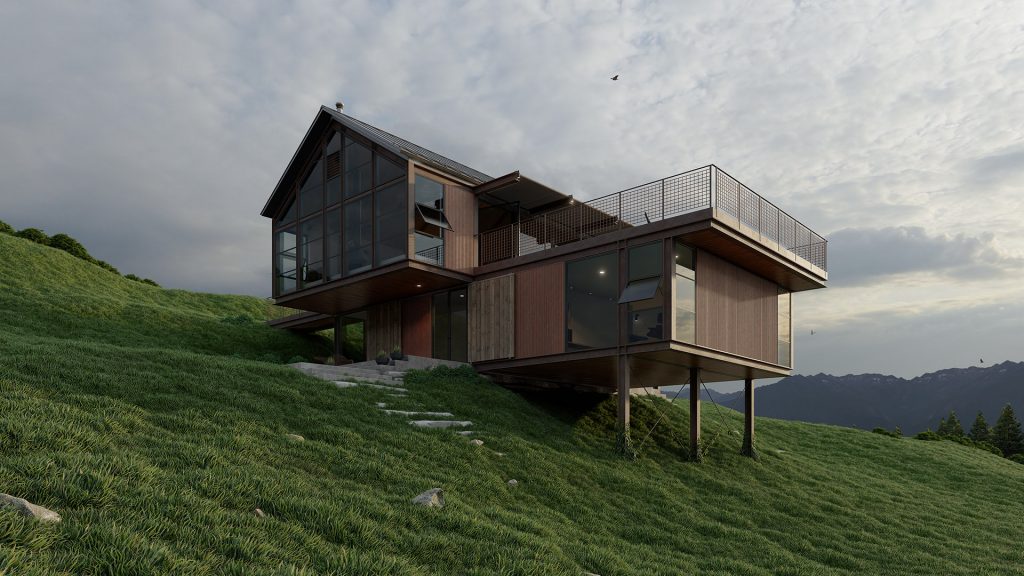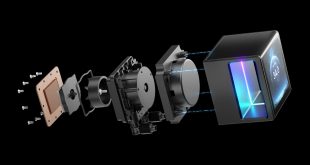Whether you design professionally or as a hobby, there’s no shortage of compelling tools to help you hone your craft and produce beautiful, engaging end products. But purchasing a new tool and learning how to use it entails an investment of money and time; how can you know which ones are actually worth getting?
Try These Five Design Tools
There’s never been a better time to be a graphic designer, architect, marketing strategist, or artist. Literally hundreds of tools are on the market and designed to complement your existing skillset and boost your creativity.
These will set you up for personal and professional success. Take a closer look at five of the newer design tools that people have gotten excited about.
1. Lumion 9
If you were to query the top 100 architectural firms in the world, you’d learn that 67 of them are customers of Lumion. That should tell you all you need to know about this intuitive, yet powerful 3D modeling software that empowers users to model their designs in beautiful, real-world environments.
But that’s not all. Lumion 9 is on the way, which means additional improvements and features. One of the best items in the Lumion 9 array is that users can immediately set up real-time visualizations of ArchiCAD models and instantly view changes as they’re made in real time.
2. Canva
For graphic designers, it doesn’t get much better than Canva. Whether you work at a nonprofit, a Fortune 500 operation, or small business, this cost-effective design software is rich in features and capabilities.
Canva has plenty of features, but it’s perhaps best known for its image-editing software, design animation features, drag-and-drop tools, and the ability to create a consistent brand kit that can be applied across multiple media. Since companies like Amazon, Apple, Netflix, Disney, and thousands of other organizations are already using it, perhaps you should give it a shot.
3. SketchUp
Whether you’re just getting started in design or you’ve been using a platform like AutoCAD for years, SketchUp is well worth your time. Due to its open-source nature, it’s one of the more flexible 3D drawing and design programs currently on the market.
The basic version of SketchUp — which is powerful and robust on its own — is free; the SketchUp Pro version comes at a small cost. Whether you design small physical objects or entire buildings, it’s a low-risk tool to check out.
4. Sketchize
After coming up with an initial idea for a new app, one of the first steps in design it is to draw a wireframe that enables you to portray the concept graphically for the benefit of others. There are certainly many digital wireframing tools out there, but many of them prove to be difficult to learn.
Most people still find it quicker to do a physical sketch of their ideas. With Sketchize, you can download and print sketch sheets that are tailored to varying devices, browsers, and screen sizes. You can then sketch your ideas over and over until you have a wireframe you’re ready to digitize.
Billed as the first online graphic design app to focus primarily on product mockups, Artboard Studio is a cutting-edge solution that empowers entrepreneurs and startup teams to create compelling visualizations for the world to see.
Although it’s not currently available to the public, you can sign up for free and request access to become an early adopter.
Take Your Skills to the Next Level
Design tools should ideally supplement your existing skillset and maximize your creative potential. Whether you’re in a traditional design field like architecture or a diverse niche such as marketing, if you know more about the available tools, you’ll enjoy more opportunities to hone your talents and enhance your professional potential.
 KitGuru KitGuru.net – Tech News | Hardware News | Hardware Reviews | IOS | Mobile | Gaming | Graphics Cards
KitGuru KitGuru.net – Tech News | Hardware News | Hardware Reviews | IOS | Mobile | Gaming | Graphics Cards



